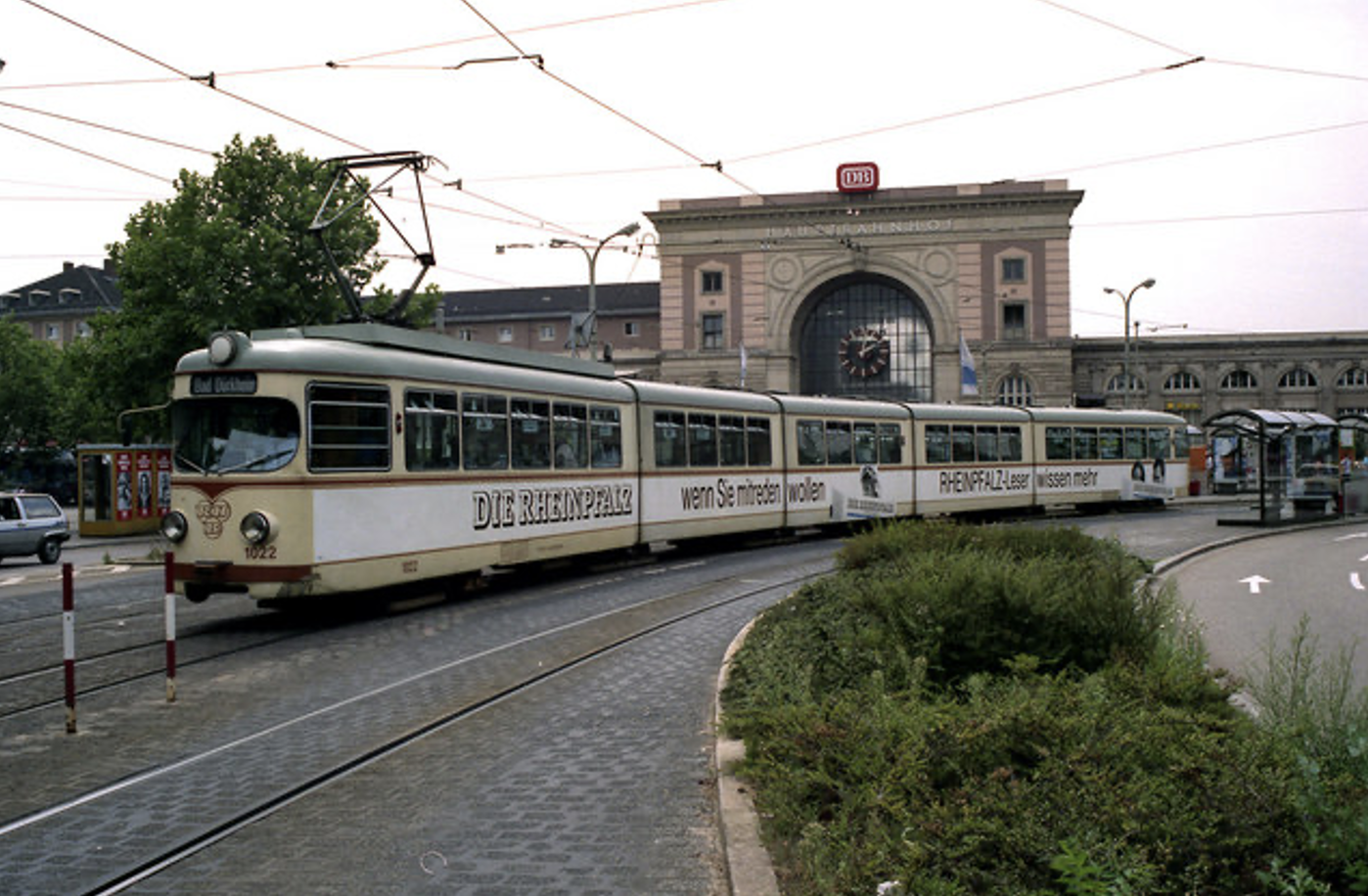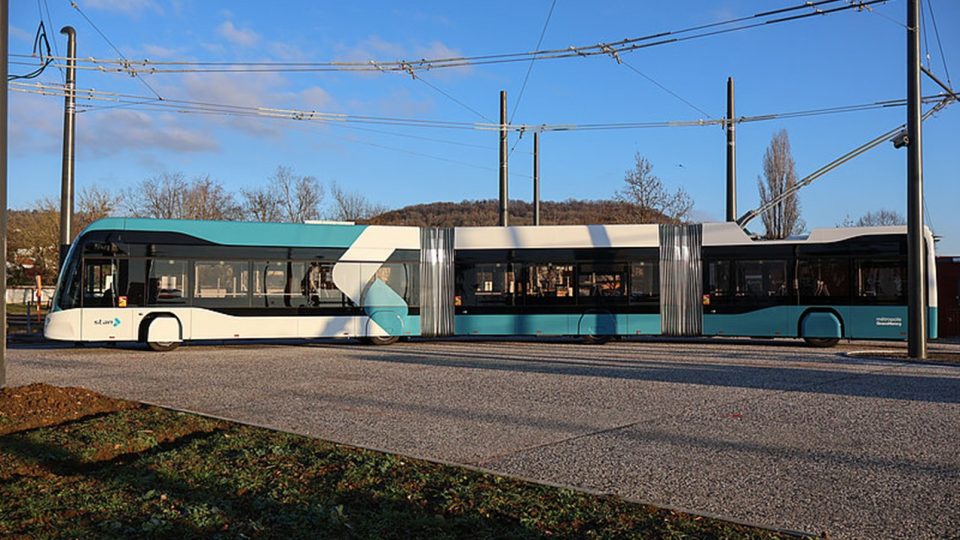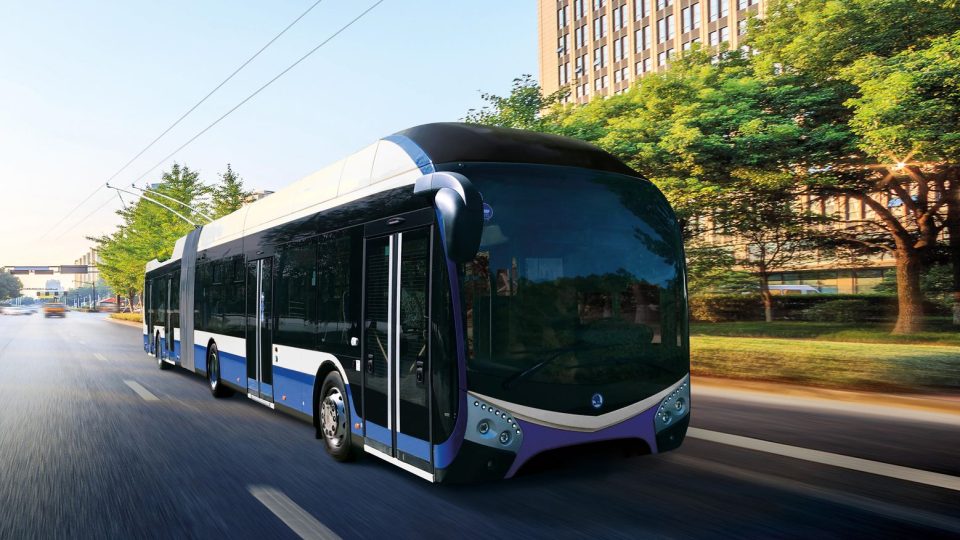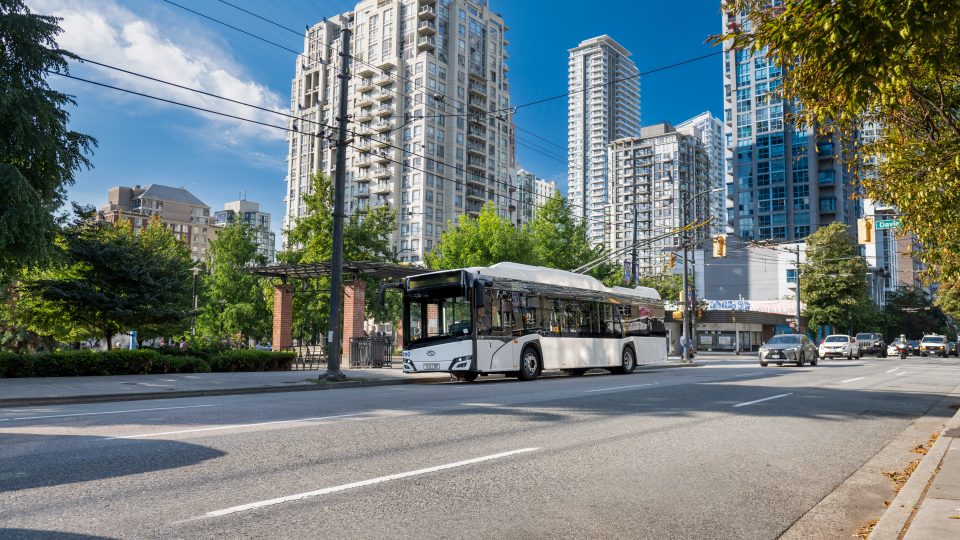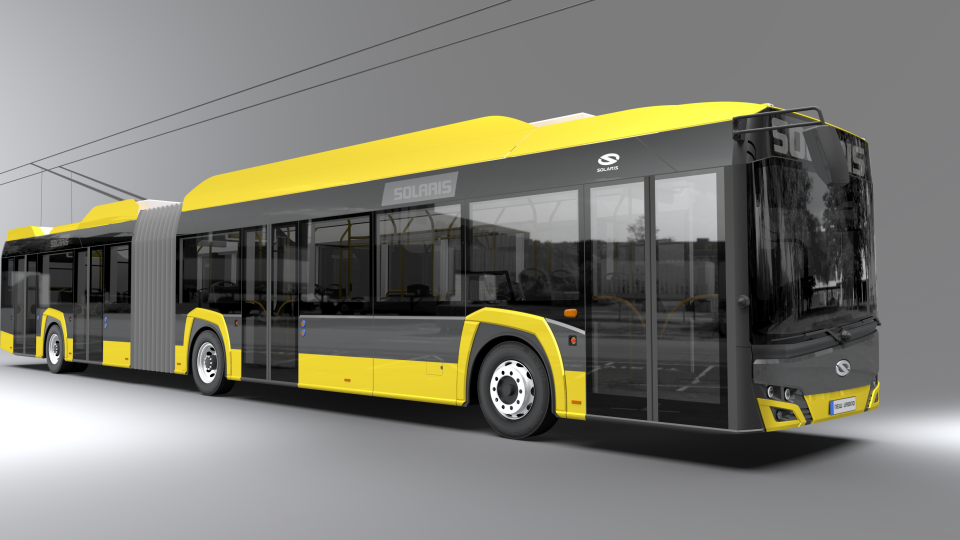60 meters: the world’s longest tram is made by Skoda. Where? In Mannheim, Germany
The echoes of BVG’s latest 50-meter tram in Berlin, unveiled in July 2024, had not yet died down when we witnessed another record in Germany, this time in the Rhine Necktar Region (RNV) where a 60-metre long tram, an absolute world record, went into service. This is the new ForCity Smart 38 T, built by […]

The echoes of BVG’s latest 50-meter tram in Berlin, unveiled in July 2024, had not yet died down when we witnessed another record in Germany, this time in the Rhine Necktar Region (RNV) where a 60-metre long tram, an absolute world record, went into service.
This is the new ForCity Smart 38 T, built by Skoda, delivered on 12 September in Mannheim. The new tram will set new standards not only on the region’s network, but worldwide.
An option will be exercised with Skoda for the delivery of a further 34 vehicles of the same type, which will complement the 30-metre and 40-metre RNT series, making a total of 114 new vehicles to be put into service by 2026. Of this order RNV has so far received 16 40-metre and nine 30-metre RNTs, as well as the 60-metre prototype. The vehicles have already been in service since autumn 2023 on the Mannheim network, Line 7 to Ludwigshafen, Line 5 and Line 25 to Heidelberg.
Deliveries of the new vehicles take place every one to two weeks. The investment amounts to more than €260,000,000 the largest in the company’s history, and will allow both an ageing of the fleet of 190 trams and an increase in transport capacity made possible by the new vehicles.
ForCity Smart 38 T by Skoda for Mannheim
The new Skodas, which are bi-directional, have technical features that allow both performance and a reduction in maintenance and operating costs: in addition to a speed of 80 lm/h, they can negotiate curves with a radius of 15 metres, thanks to the eight bogies that follow the track perfectly, with a slight excursion compared to the six-piece vehicle assembly.
The ‘floating’ bogie also means less wear and tear on both the bogie and the wheelset. All axles are motorised, enabling the tram to overcome even major climbs, with a limited maximum axle load.
Very important is the braking system, with energy recovery. The energy generated during braking is received by high-performance capacitors on board, which allow this energy to be reused during the next acceleration, thus absorbing fewer resources from the line. The vehicle is prepared for autonomous vehicle travel of up to 1.5 km without a contact line, thanks to batteries that can be installed in dedicated spaces in the future.
The air-conditioning system ensures the best possible energy savings, as does the LED lighting system, both in the passenger area . guaranteed by two light strips, and in the light clusters. The interior of the new Rhine-Neckar tram is clearly structured and visually appealing to offer passengers a pleasant ambience and a high quality of travel. The surfaces and trim parts are finished in light grey.
Each driver’s cab is equipped with its own service door and each module with two double-leaf doors, one on each side. Green-red light marking on the doors has been introduced, which informs travellers of the door opening (green) and closing (red) phases. The door buttons have a yellow code for normal door opening, the blue button allows the door to be opened longer,
Part of the seating is with a natural wood surface. This innovation is based on the results of the dialogue process with citizens during a maquette presentation that took place between October and December 2018 in the city centres of Mannheim, Ludwigshafen, Heidelberg and Viernheim, as well as in the Rhein-Neckar-Tram Infocenter, citizens were able to take a live look at the different seat designs, sit for a long time and give feedback on their preferred variant of upholstery colour and wooden seats.
Wherever technically possible, the adjacent seats of a four-seater seating group are installed minimally offset in the longitudinal direction of the vehicle in relation to the window-side seats; this makes it easier to reach the window seats. At the same time, more comfortable seating is possible,
For real-time communication, high-resolution TFT displays will be available for travellers, as well as additional information screens in the passageways, which can also be used for advertising content. In this way, external advertising can be dispensed with. The vehicle is of course equipped with a wireless system.
RNV is no stranger to records, having already set one in the 1960s, when it presented the Düwag ET12 model, the so-called ‘Tatzelwurm’ of Rhein-Haardtbahn GmbH; put into service in April 1967, at 38.545 metres it was then also the longest tram vehicle in the world. Of the four cars in the series (1019-1022), car 1020 remained, which will be used in the future as the third vehicle available for historical events.
